
1 in stock
€69,00
1 in stock
If you notice that the engine is revving but the car is slow to accelerate, the clutch plate is starting to slip. It may be due to improper clutch adjustment. If this is not the case, then the clutch plate is worn out. Replace the clutch plate in time and do not wait until the car does not move at all, as the chance of damaging the flywheel is very high. It is advisable to also replace the pressure plate and the thrust bearing simultaneously, as the engine needs to be removed, a task you would prefer not to repeat shortly afterwards.
All clutch plates are of very high quality and equipped with springs for optimal clutch comfort. Older cars did not have these springs, but can be fitted with a clutch plate with springs without any issues.
The specified size is the diameter of the clutch plate, so make sure to check this before ordering. It is possible that your flywheel or complete engine has been replaced with a different type, so measuring the clutch plate ensures that you order the correct one. Only use the recommended assembly grease for good and long-lasting lubrication between the clutch plate and primary shaft (also ensures smooth assembly), the top bearing in the flywheel bolt, and the areas where the thrust bearing is clamped on the clutch fork. Assembly grease is heat-resistant, ensuring long-lasting lubrication. Using Universal Lithium grease can make it liquid at increasing temperatures during coupling, which can dirty the clutch plate, so do not take any risk and immediately order the recommended assembly grease (option).
For mounting the clutch plate, use an alignment tool to align the clutch plate relative to the crankshaft, as without this alignment tool, reinserting your engine will be a very tedious and time-consuming task.
| Weight | 500 g |
|---|
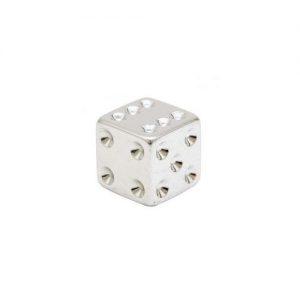
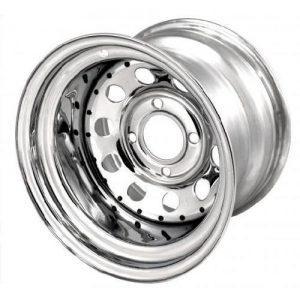
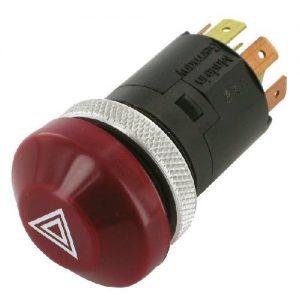
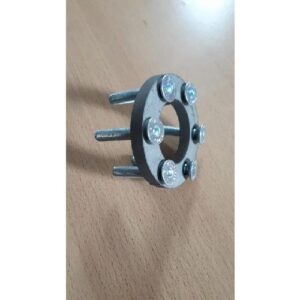
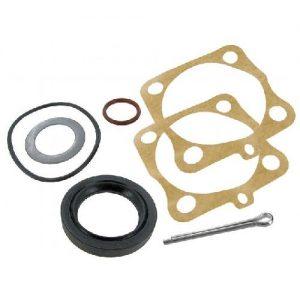
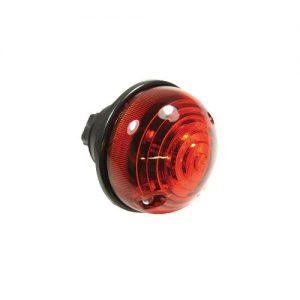
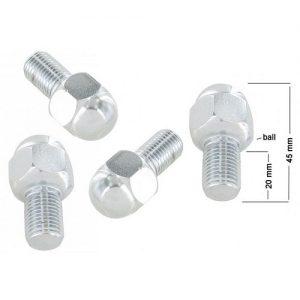
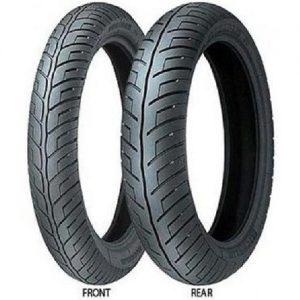







Trike webshop is onderdeel van Walinga Trikes.
Ontwerp en realisatie door SOMOGY
Reviews
There are no reviews yet.